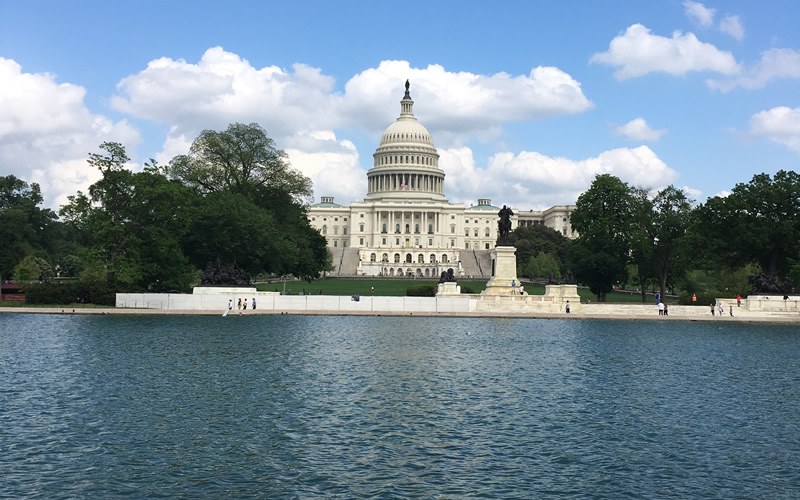By Elliott Brack
Editor and publisher, GwinnettForum
JUNE 26, 2018 | When something is in disarray, any little speck of hope is important.
 Certainly our current Congress, the 115th gathering, is in “disarray.” Each of the two parties has fringe elements that keep the mainline party leadership unable to convince the majority of their parties that real action is needed.
Certainly our current Congress, the 115th gathering, is in “disarray.” Each of the two parties has fringe elements that keep the mainline party leadership unable to convince the majority of their parties that real action is needed.
As a result, this is about as big a “Do-Nothing” Congress as we have in years. Couple that with an Administration leadership team that comes and goes almost daily, and then a president who changes his mind about every day on a whim, and there’s not much good leadership in Washington.
Suddenly, the Supreme Court seems the most stable of our three branches of government, though we all know they are basically split 5-4 or 4-4-1 on some topics.
Back to a small glimmer of hope: There is a possibility that we might see a change for improvement at least in the House of Representatives next January. When the 116th Congress opens on January 3, 2019, depending on the fall elections, matters could change drastically.
Look at these assumptions:
- There seems to be growing sentiment that the Republican majority might not be as large next year as it is today in the House, if the Anti-Trump vote comes out strong and elects more Democrats or Independents. What if the Republicans can’t muster enough votes to elect a speaker, because of enough conservatives in revolt? It could happen.
- At the same time, the Democrats could have their own problems, similar in nature, and revolt against 77 year old Rep. Nancy Pelosi as their leader now for 17 years. Even if Democrats had a majority, it could be that the anti-Pelosi crowd just could not agree by a majority to pick her to lead their party again. And no other leader might win a majority.
So here’s is where some glimmer of hope for a better Congress might enter. And in the process, there’s even a change that the impasse might strike a blow for freedom, that is, less partisanship.
Some say that the intended purpose of the Speaker of the House was to be the Speaker of the whole house, not only the leader of a particular party, which creates partisan politics. If enough Democrats and Republicans, perhaps the center wing of both parties, got together, they might be in majority, and together elect a non-partisan leader. It wouldn’t matter which party was in the majority though of course, such a speaker would have to get enough minority votes to develop a total majority of the 535 House members.
Such a move would mean more governing from the center, not from the extreme, no matter which party was in power. The real majority would be these center legislators. It would give power to the rank and file, and mean that the House of Representatives was back with better leadership than it has now.
It would, essentially, break the gridlock Congress finds itself in now.
There has also recently evolved a bipartisan Problem Solvers Caucus, who like this idea, and are pushing for such an adoption. The idea is being drafted by Rep. Fred Upton, a senior Michigan Republican, and by Rep. Josh Gottheimer, a first-term Democrat from New Jersey, who along with Rep. Tom Reed of New York Republican, are co-chairman of the Problem Solvers Caucus.
It’s a glimmer of hope. Pay mind to these people. You may hear more from them next year.
- Have a comment? Send to: elliott@brack.net










Follow Us